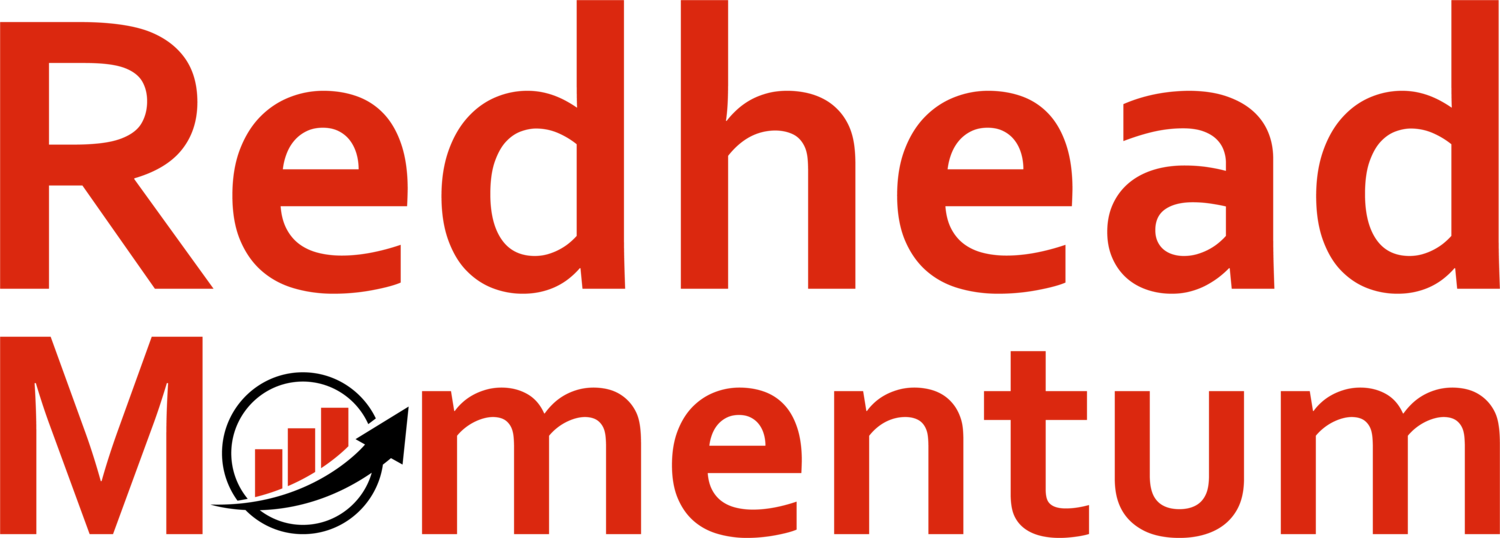Let’s Talk About The #1 Blocker Impacting Your Team’s Performance
I’m fascinated by the way people act, interact, and react. And by how so much of what they do does not serve them well. And how so much of it is not useful to their greater missions, because it’s unproductive in keeping them positive and helping them maintain healthy relationships.
If you’re like me, you might often wonder why, as human beings, are we addicted to drama? Or why do we think we are or have to be? Why are we addicted to the speed at which we think things have to move? To the need for solutions and fixing things?
The answers to those questions are often demonstrated in the work I do with leaders and teams. When talking about the climate of their team, the three things that are consistently present in our conversations are:
“We’re moving too fast”
“We’re making bad or wrong decisions” - due to #1
“We’re not involving others or the right people sooner” - typically due to #1, which then causes #2
Despite following their instincts and coming up with solutions to “fix things,” these teams don’t solve the problems they set out to and overlook the actual problems at hand. What inevitably follows is hurt feelings, wasted time, weakened relationships, and unnecessary work (and it always shows in the bottom line).
So why do we do things that aren’t actually supportive of our missions and goals?
We’re so tied to our own perceptions that we’re blind to the most valuable possibilities available to us.
Stephen R. Covey puts it well in his Daily Reflections for Highly Effective People:
“Now, with all of differences, we’re trying to work together – in a marriage, in a job, in a community service project. So how do we transcend the limits of our individual perceptions and come up with Win/Win solutions?” The answer is seek first to understand, then to be understood.”
The key to consistently creating Win/Win, breakthrough solutions is increasing understanding between everyone on your team—building avenues and structure into your company that foster opportunities for understanding is equally important.
To do this, you’ll first want to start by getting your top leaders together to answer two important questions: why and who.
WHY - When you first come together, ask yourselves and each other “Why are we here? What’s our purpose?”
WHO - Then, do you have the right people? If not, go back and revisit the why. Figure out who stays and who has to go.
From there you’ll want to answer ‘WHAT?’, as in “What are we doing? Trying to do? Or want to do?” You can also look at this question as “What are your goals? Which outcomes are you driving for?”
Last, have the team create the ‘HOW’. Or answer the question, “Now, how are we going to do it?” It’s at this point that I would recommend having your top leaders engage their top team players. The more buy-in and creation from across the teams, the better sustained engagement and implementation of the plan.
In my work with Fortune 25, startup, and small to midsize companies I’ve helped leaders introduce understanding into their teams in the follow ways:
Building trust so they can be stronger and more sustainable, rather than just delegating tasks
Hiring for impact, keeping the right people, and getting rid of the wrong ones...and doing it in the right way
Creating environments that foster autonomy, purpose, and mastery (because it takes teams much farther than pay raises and free lunches
As you can see, shedding your blinders can take many forms. Done right it leads to productive, healthy relationships (and a stronger bottom line). Start challenging your long-held perceptions today to improve your team’s overall performance.
And if you’re looking for a trusted partner to help build your perspective and develop the strategy, structure, and support that removes roadblocks and leads you toward your best performance, schedule a consultation with me today.
